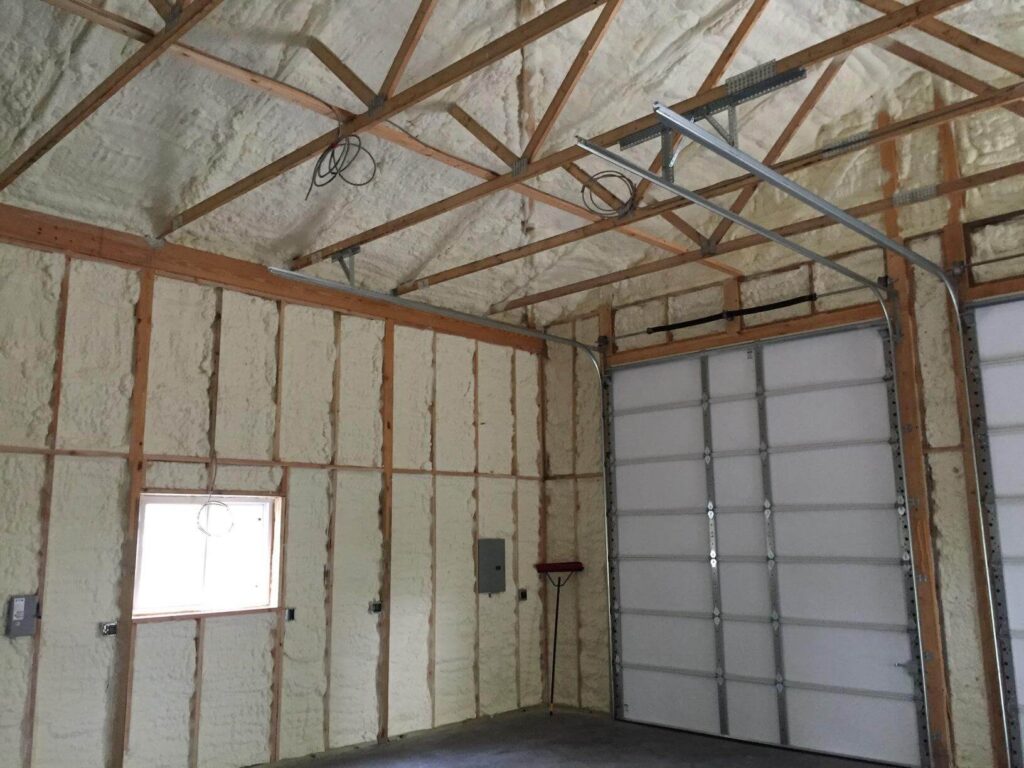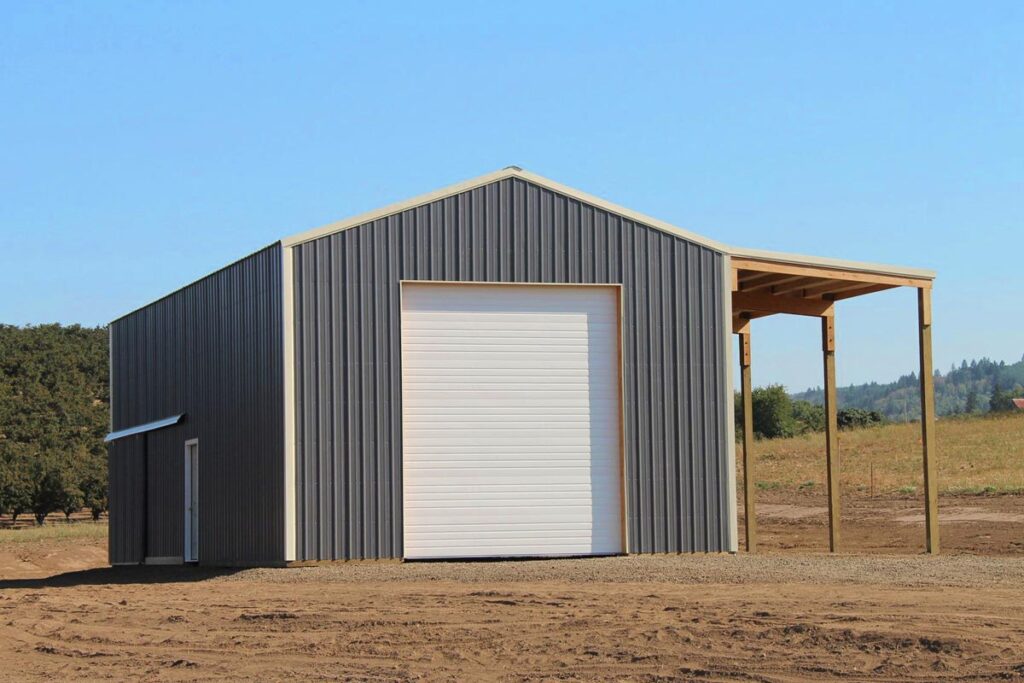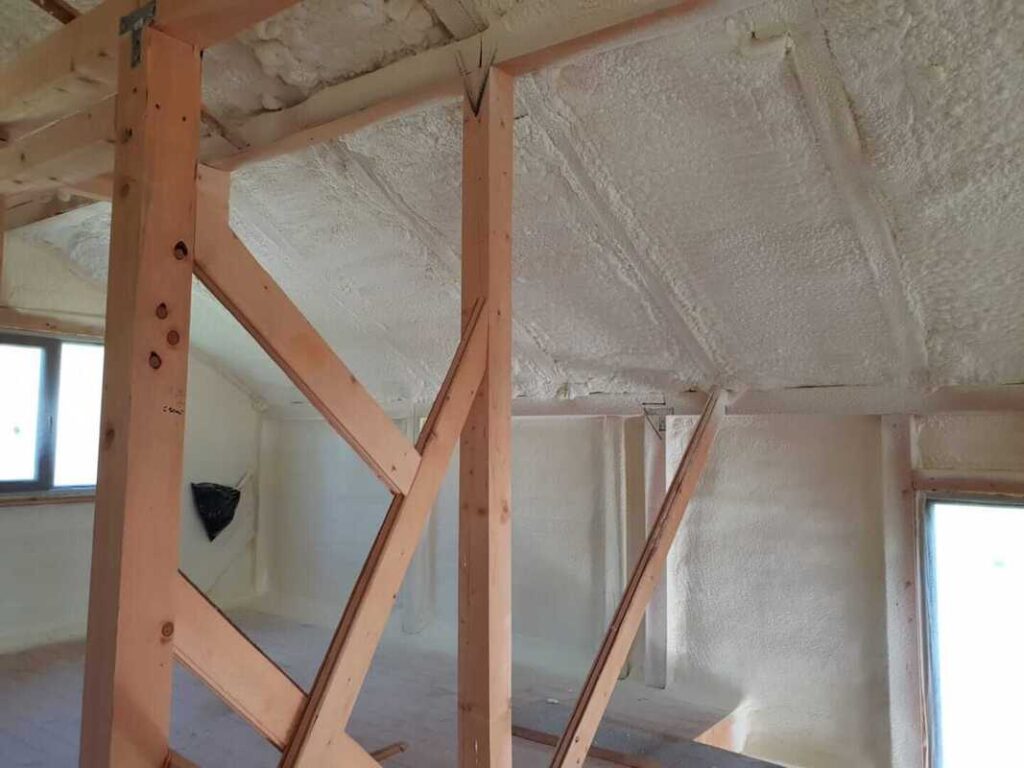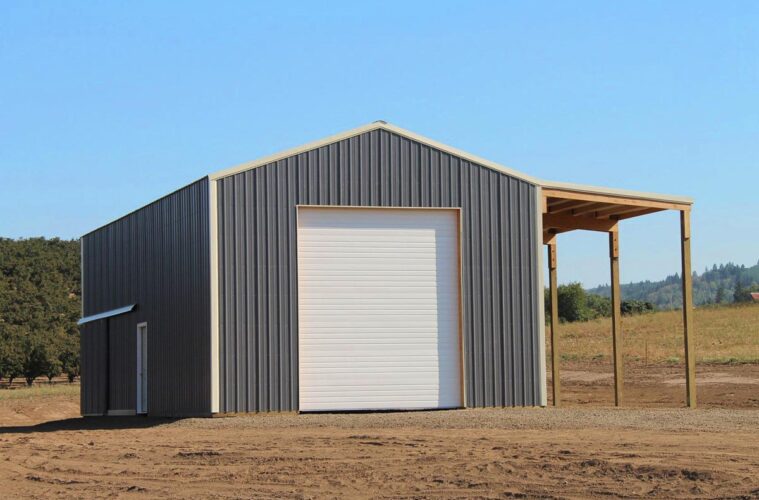When constructing a pole barn, it is important to never underestimate how important the insulation is to the structure. Using smart insulation practices, it is possible to control heat gain and loss, especially when it comes to the air floating in and out of the building. This creates an array of advantages.
While working with professional Pole Building Contractors is one way to ensure the insulation is sufficient, some other tips can also help. Keep reading to learn more about pole barn insulation and preventing moisture build-up in the structure.
Understand the Importance of Proper Insulation

source: youtube.com
Insulation can help maintain a constant temperature in the pole barn. This means it can do other things, as well. It will help generate lower energy costs. Cooling and heating a pole barn can represent a huge financial investment. By increasing the R-value, which is the measure of the insulation’s ability to resist heat moving through it, significant savings can be seen. Usually, the higher R-value of the ceiling and walls, the better.
The right insulation will also help prevent deterioration and damage. If the airflow is uncontrolled, it can lead to excess condensation and moisture, which may cause mildew, mold, and rust. These things will damage the building, along with the equipment, vehicles, and anything else inside the structure.
Know How the Pole Barn will be Used

source: treehouseinternetgroup.com
Is the pole barn going to be used as a garage where people will be in it for only a few hours at a time? Will it serve as a “she shed” or “man cave?” Is the attic going to be insulated? What type of materials and equipment will be stored in it?
Insulation is not a one-size-fits-all solution. By answering the questions above, it is possible to determine what goes in and inside the pole barn. For example, if space is going to be used for confining animals, insulation may not be needed. Animals generate a lot of heat, especially horses, which makes insulation unnecessary.
In this situation, it is good to install insulation beneath the steel used for the roof, which will help reduce condensation during summer and minimize radiant heat when the sun is out.
Plan the Insulation During the Design Phase

source: vimeo.com
The key to properly insulating a pole barn is by planning for this during the design process. If a building is not designed properly, controlling the temperature will be an ongoing losing battle, regardless of the type of insulation used. A few considerations can help you figure out what to do.
When walls are properly insulated, it means they are also well-engineered. The less obstruction that is in a wall cavity, the better the insulation will work. Anything that is in the wall that is not the insulation is, essentially, a bridge. Cold and heat can move across the bridge, which is what should not be happening.
A properly designed pole barn will usually have columns that are placed eight to 10 feet away from each other, rather than the two feet with stud wall systems. It means more insulation and the reduced possibility that cold will move through the pole barn’s wall with minimal obstruction. These factors offer more insulation, which will meet or exceed the energy code requirements and reduce total energy costs.
Select the Right Insulation Thickness

source: hansenpolebuildings.com
How is the building being used? What R-value will fit best with that use? It is important to remember that the R-value is an indication of how insulative the material is. The higher the R-value is, the higher that the insulation’s capacity will be.
Insulation can be installed on the building’s exterior with one- or two-inch insulation beneath the steel. It ranges from a value of R-5 to R-16, depending on the type that is selected. The R-5 faced fiberglass insulation has a lower insulative value. It is usually placed under roofs to help avoid condensation when it is cold out and helps reduce heat when sunny.
Another option is six-inch insulation. This has a value of R-19 and is much thicker than what is usually applied under the steel.
Consider the Insulation Options

source: wisconsinsprayfoaminsulation.net
Insulation can be purchased in several forms. For example, fiberglass is considered the industry standard. It is a lightweight and affordable option for insulating a pole barn. It can be purchased in loose-fill, batts, or rolls. If blown fiberglass is used, special equipment is needed for the application process.
Foam insulation is good for insulating the pole barn, but it usually is more expensive. Along with the cost, it may be necessary to hire someone other than the builder for the insulation process.
The last option is cellulose. It is the type of blown insulation that is usually put into an attic. Typically, it is made from renewable materials, and it has an R-value that is a bit higher than the blown-in fiberglass that is mentioned above.
Insulation Considerations

source: homeguide.com
When it is time to insulate the pole barn, it is important to consider the information above. While some people may skip this step, it can cause problems down the road. Making sure the proper steps are taken and that a pole barn is properly insulated when it is constructed, it is possible to avoid the issues that may otherwise arise.
If a property owner is unsure what type of insulation to use or how to integrate it into the building process, they should work with professionals. This will help ensure that the desired results are achieved and that no issues arise down the road. Being informed and knowing what to expect and what to do are the best ways to make the most of a pole barn that is being constructed. Keep this in mind when it comes to pole barn insulation to ensure the work is being done. When it comes to a pole barn, there is a lot to consider, so make sure to take the right steps and install insulation as needed.



